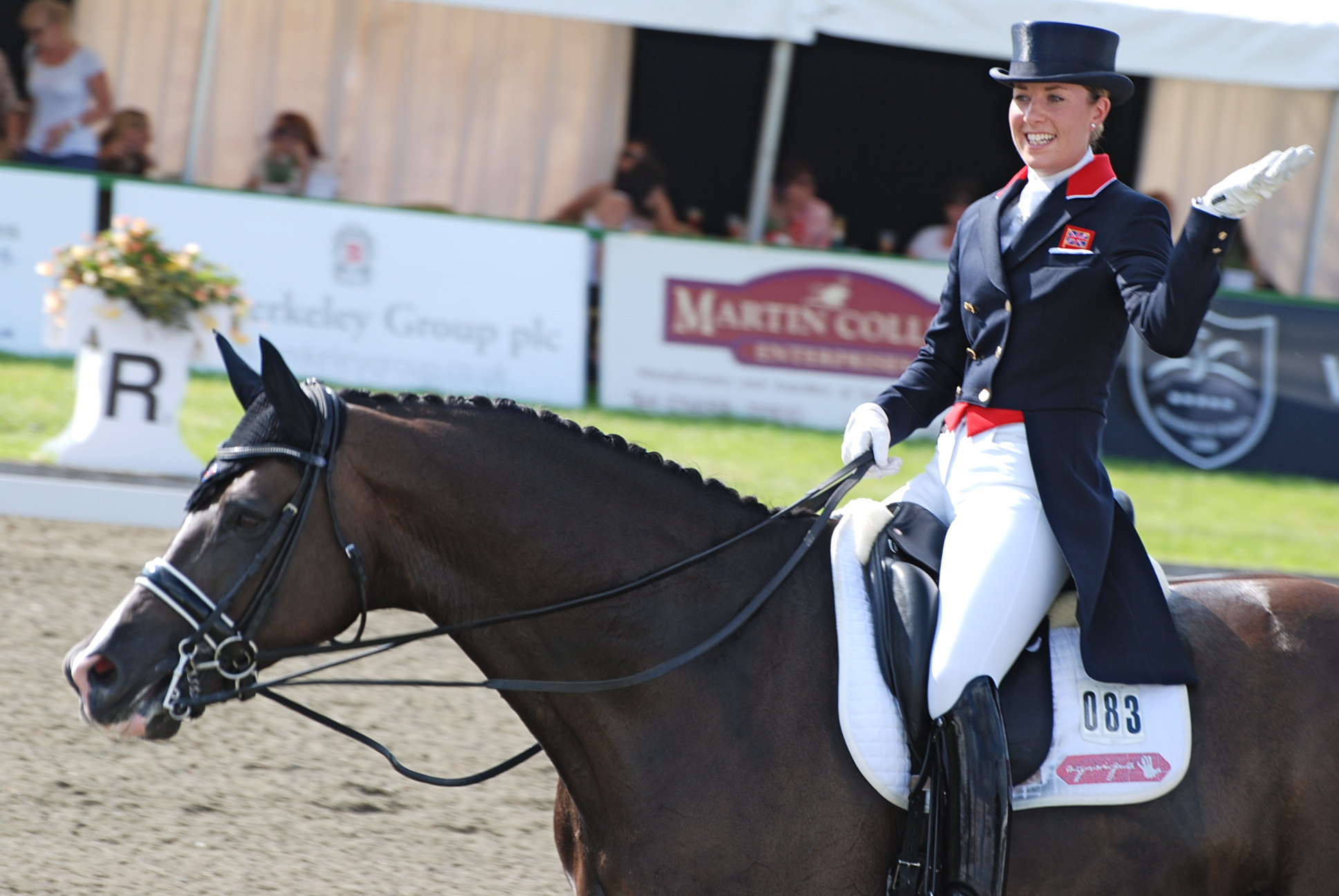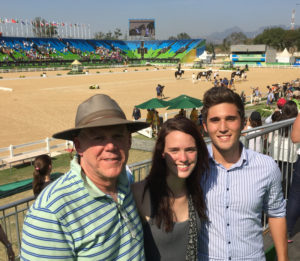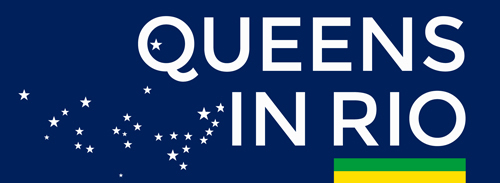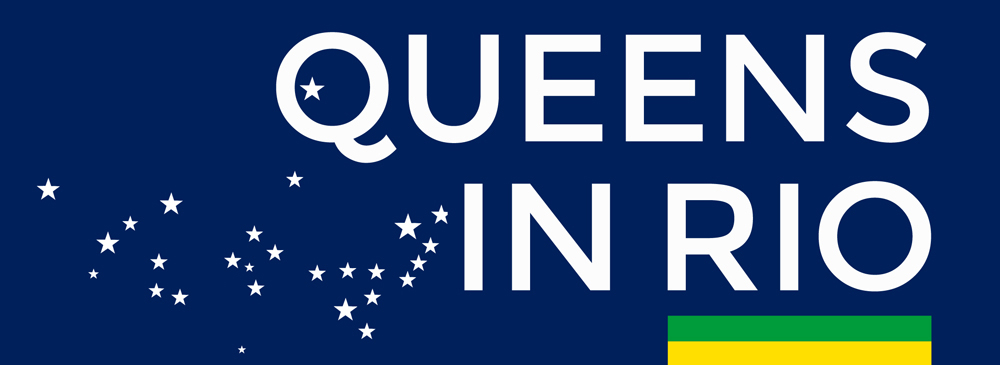
Athletes in top hats compete in equestrian dressage, one of the most eccentric of Olympic events. This week I had the privilege of attending dressage finals with horse geeks from two continents: Jamie Doolittle, an equestrian in Charlotte, and Danilo Lacalle, a Brazilian student at Mackenzie Presbyterian University in São Paulo, with a background in horses. An opportunity like this presents itself rarely.
Dressage, Jamie tells me, is a highly technical sport that requires smart, disciplined, well-trained horses and equally disciplined riders. Horses and riders execute a series of moves that require some study on the part of the viewer. The vocabulary is a bit dense: passage, piaffe, pirouette, half-pass. I’m told that one move, the piaffe, requires five years of practice to pull off. These are basically over-achieving, techie-geek horses, the ones who would enjoy spending a lot of time in the library or the computer lab.
But studying these moves in advance cannot prepare you for what you feel in the stadium. Dressage is breathtakingly beautiful, filled with astonishing, mind-blowing gestures of grace. The sport requires years of work, discipline, and sacrifice by horses and riders, supported by a global community: horses of many breeds, trainers, grooms, veterinarians, breeders, investors. Pilots and crew of transport aircraft, for goodness sake. All of this is completely visible in a six-minute performance, even to a complete newcomer.
The sport is remarkable on many levels. First, world-class performance depends on teamwork not between people, but between species. It’s one thing when humans pass a baton to each other, or pass a ball. It’s another when the connection is between human and horse.
Second, dressage is a little like pairs figure skating. But in pairs skating, while the two humans complement each other, they appear as separate entities. In dressage, the two species act and appear as one unit. One other thing about gender – like pairs skating, equestrian events are the only Olympic sports where men and women compete directly against each other. In Rio, we watched Charlotte Dujardin of Great Britain and partner Valegro win the gold medal in dressage, defeating her coach and mentor, Carl Hester, with his partner, Nip Tuck.
 Third, the sport generates visceral, deep-seated emotion in humans who watch it. People have been making pictures of horses and riders for thousands of years. They’ve been a part of the Olympics since Olympia. Maybe human beings are encoded with some kind of connection to the elegance and beauty of rider and horse, some teleological hope for the food, trophy, victory, or triumph that the pair might bring back. I’ve watched a dozen athletic events in winter and summer editions of the Olympic Games, and none made me overcome with emotion like dressage. It makes little rational sense, but there I was, in the stands, overwhelmed by what I had just seen, choked up and unable to speak.
Third, the sport generates visceral, deep-seated emotion in humans who watch it. People have been making pictures of horses and riders for thousands of years. They’ve been a part of the Olympics since Olympia. Maybe human beings are encoded with some kind of connection to the elegance and beauty of rider and horse, some teleological hope for the food, trophy, victory, or triumph that the pair might bring back. I’ve watched a dozen athletic events in winter and summer editions of the Olympic Games, and none made me overcome with emotion like dressage. It makes little rational sense, but there I was, in the stands, overwhelmed by what I had just seen, choked up and unable to speak.
Photo, top: Rider Charlotte Dujardin and partner Valegro in a 2011 photo by Judy Sharrock. Dujardin wore a helmet in the Rio Olympic finals. The letter “R” indicates a position in the dressage arena, called a manège. The other positions are A, K, F, P, V, E, S, B, M, and H. Dressage is a weirdly byzantine sport: one theory suggests the letters are German abbreviations for places where parade personnel were supposed to stand. Photo used under Creative Commons license BY-ND 2.0.
Photo, above: Conclusion of the medals ceremony for equestrian dressage, Aug. 15, Rio 2016 Olympic Games — Bob Page, Jamie Doolittle, and Danilo Lacalle.

